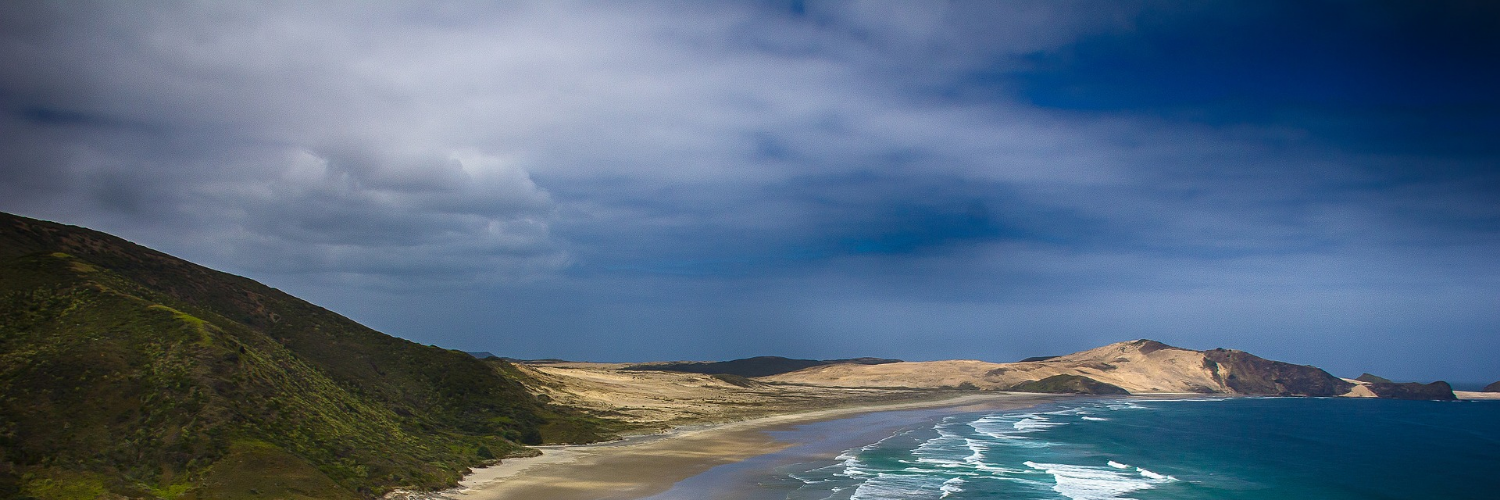Types of legal public access
There are many different types of legal public access. These include:
(Formed) Legal Roads
Legal roads are the most secure form of public access. They may be created by the Crown or a local authority under the Public Works Act 1981. A prerequisite is the need to acquire title to the land. This requires negotiation with the landholder. The land can be acquired using the compulsory acquisition provisions of that act (or at least negotiated with these provisions as a fallback). Formed roads are administered by NZ Transport Agency Waka Kotahi or councils. Herenga ā Nuku cannot use the Public Works Act provision.
Unformed Legal Roads
An unformed legal road (ULR) provides the same public access rights as the formed legal roads that make up our public road network. Unformed legal roads are recorded on survey plans but not always readily identifiable on the ground, which is why they are often referred to as ‘paper roads'. Ownership lies with either a territorial authority or the Crown. ULRs may be unsuitable for vehicle use and even for walking, because of the topography that they traverse. However, ULRs are an important component of the transport and recreation network. The public has the same right to use them, and the adjoining landowners are obliged to respect public use. No new ULR have been created since the 1950s.
Easements
The different types of easement that can secure public access are:
- Walkway under the Walking Access Act 2008 — Easements in gross in favour of the Commission may be established over private and public land to secure a walkway.
- Easements under the Conservation Act 1987 — These have frequently been required as a condition in the tenure review of Crown Pastoral leases to provide access through the newly created fee simple land.
- Grant of rights of way under the Reserves Act 1977 – can be used to provide access over a reserve for any public purpose.
- Public access easements were created under the Crown Forest Assets Act 1989, and are for the establishment and protection of public access rights.
- Right-of-way easements in gross under the Land Transfer Act 2017. These are usually in favour of public bodies and provide enduring public access over private land.
- Esplanade strips — these are an alternative to esplanade reserves on subdivision under the Resource Management Act 1991. They move with movements in the relevant water margin and are unaffected by erosion and accretion. The land within the strip remains in the landowner's ownership and can be established by agreement between the territorial authority and the landowner. Access is only one of the statutory purposes of an esplanade strip, and when established by agreement access may be restricted.
- Access strips — These are similar to esplanade strips in legal form and may be established by agreement between the territorial authority and the landowner under the Resource Management Act 1991. Access strips can be used to enable public access to or along water bodies or public land. The land within the strip remains in the landowner's ownership.
Marginal strips
Marginal strips are created on riparian margins on the disposition of Crown land under the Conservation Act 1987. The land is vested in the Crown and administered by the Department of Conservation. Strips created since 1990 move with movement in the related water margin. Earlier strips are fixed in location, and like roads, they can be affected by erosion and accretion.
Esplanade reserves
Esplanade reserves can be created on the subdivision of land under the Resource Management Act 1991. They are owned by councils. The main purpose is to protect coastal and riparian margins. Riparian margins are strips of land identified along the edges of natural watercourses, including streams, lakes and wetlands. Protecting these margins helps conserve environmental values and provides opportunities for public access and recreational use. They are fixed in location.
Reserves under the Reserves Act 1977
The Reserves Act 1977 was established to acquire, preserve and manage reserves for their conservation values or public recreational and educational values. Freedom of entry and public access to the reserve applies to many types of reserves under the Act. However, entry and access can be restricted by bylaws under the Act to protect the reserve if necessary.
Commission-owned land
Herenga ā Nuku can own land under the Walking Access Act 2008 but has not exercised this ability.
Leases
The Walking Access Act 2008 provides for Herenga ā Nuku to lease land to establish a walkway, but this option has not been exercised. A lease may also be an alternative instrument when dealing with Māori Freehold land subject to the Te Ture Whenua Māori Act 1993.
Covenants
QE II National Trust — Few QEIINT covenants provide public access. Herenga ā Nuku works closely with QEIINT, and if access is required on a covenant, a complimentary walkway easement is also established with the covenant.
Informal agreement
This is the least secure form of access but the easiest and cheapest to acquire.

